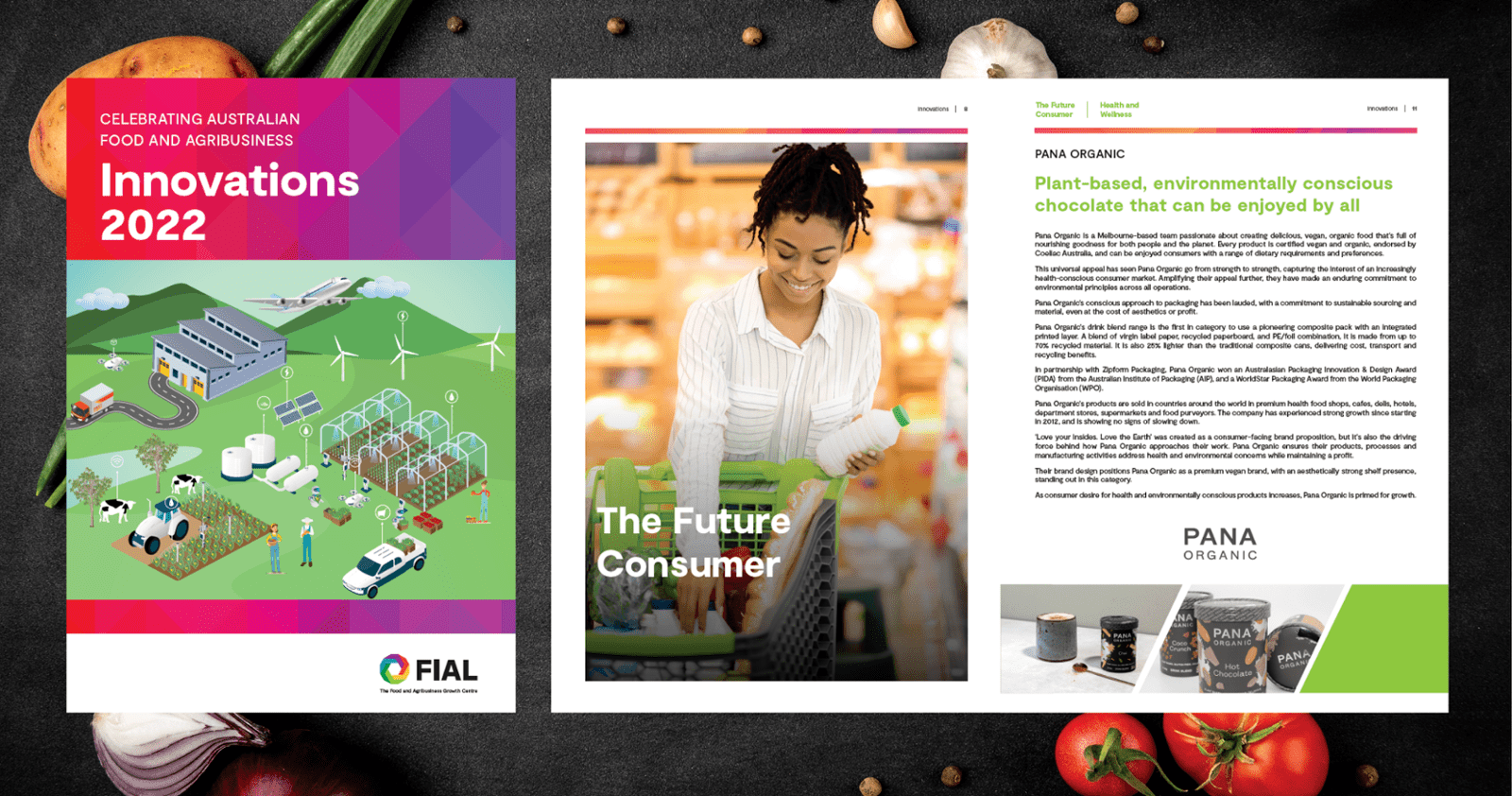Capturing the Prize: the A$200 billion opportunity for Australia's food and agribusiness sector/ Food Security and Sustainability / Soil, water and land management
Opportunities to incentivise and monetise on-farm soil, land and water management practices that deliver soil rehabilitation, increased biodiversity and/or improved value-added primary produce.
Drought is endemic to Australia. Work is underway across the country to help communities adapt, transform and achieve better preparedness and increased resilience to the impact of drought.
The Victoria Drought Hub, funded by the Australian government, is one of eight across the country. Food & Fibre Gippsland is a regional node lead coordinating locally based, credible community engagement, and projects targeting all phases of drought.
One such project is to build drought resilience among Gippsland’s vegetable producers and reduce the risk of damaging nutrients and sediment finding their way into the Gippsland Lakes. Vegetable growers are being given the opportunity to experiment with using soil moisture sensors in the context of short-cycle crops. This setting has not seen much adoption of the technology.
Using soil moisture monitoring will likely result in more efficient water use and a decreased risk of nutrient and sediment runoff into waterways due to over-watering or under-watering.
A demonstration of the technology is being hosted on a local farm, with a control site for comparison.
The trial site uses fixed-spray irrigation and is often subject to crosswinds, which cause uneven irrigation across bays. Twenty soil moisture monitors have been installed, which will provide the grower with insight on the effectiveness of their irrigation practices, and on the impact that these crosswinds have.
The project also draws on other sets of data and information to get a comprehensive understanding of the impact of irrigation practices on the site. Electromagnetic (EM38) and grid soil mapping is being conducted and regular analysis of weather records from an on-farm weather station, as well as a nearby DPI weather station, will be cross- referenced with the soil moisture data.
Sharing knowledge and expertise, the project is guided by representatives from Agriculture Victoria, the West Gippsland Catchment Management Authority, and an Elders agronomist.
Outcomes will be shared across the industry. It will likely inform future planning of fixed-spray irrigation and identify a wind threshold recommended for optimal irrigation using this system.



